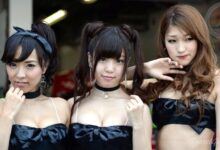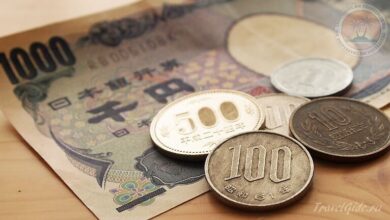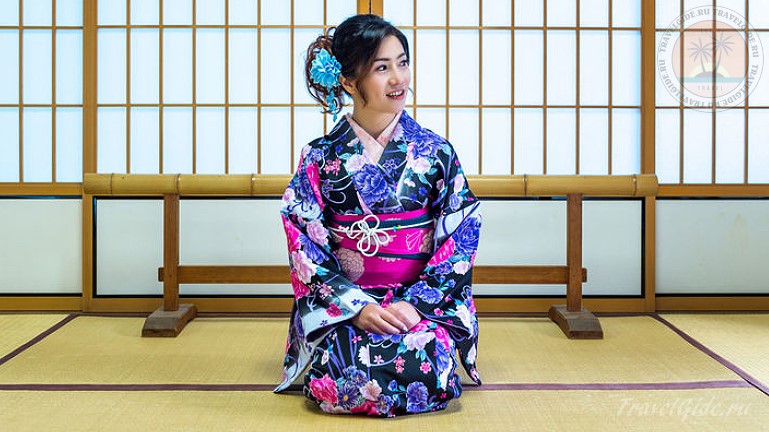
The meaning of purple in Japan
Purple in Japan since ancient times, it has been a noble color, and a kimono dyed in this color also had a special, difficult meaning. Even as times have changed, kimonos in this subtle shade have been popular and have always remained recognizable and desirable. The history and meaning of purple in the Land of the Rising Sun.
Purple as the love of the nobility and upper class in Japan
The famous Soviet film director Georgy Danelia in his film "Kin-dza-dza!" not just came up with pants of different colors, which indicated the social status of their owners.
In fact, any caste system presupposes the presence of any distinctive features or attributes that indicate a person's social position. And the history of our civilization provides a lot of evidence for this.
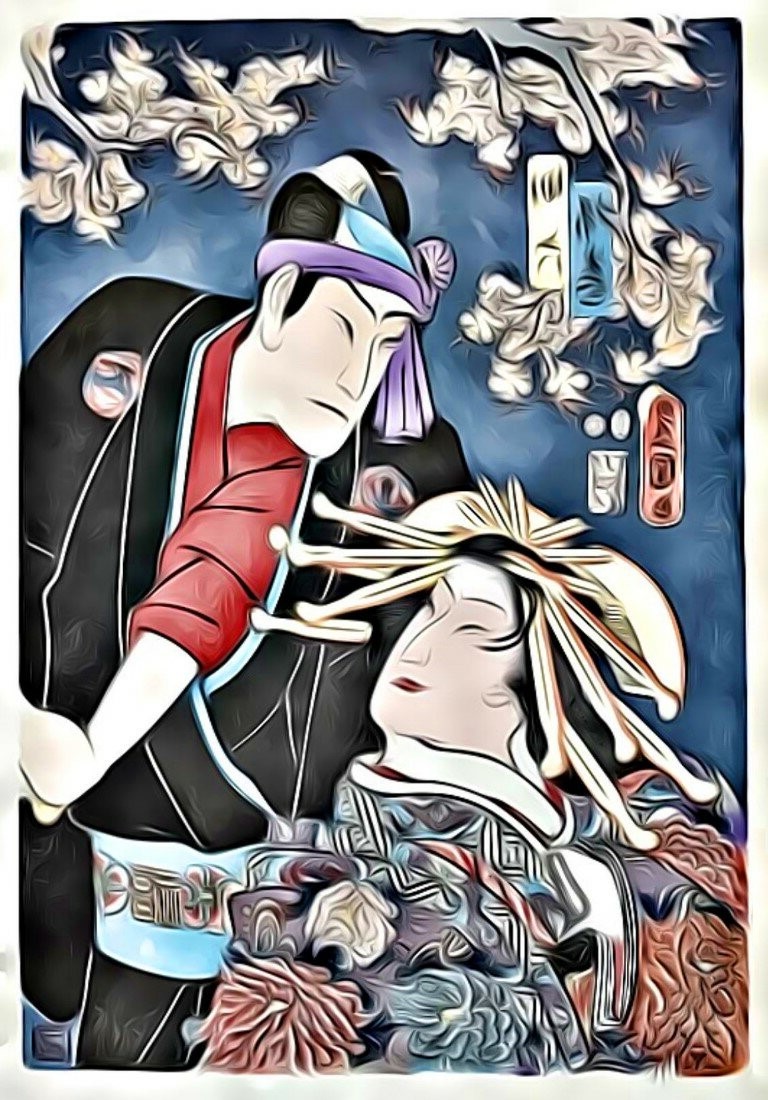
Japan is no exception to this common rule. To know - the highest class of the country, was also marked by love for one beautiful color - purple, which in Japanese is sonorously and poetically called Murasaki Iro (紫色).
What caused the rarity of purple in Japan
In fact, in Japan, for a long time, ordinary people were forbidden to wear purple clothes or its individual elements dyed in this color. And in general, purple in Japan could be seen very rarely before, for one objective reason.
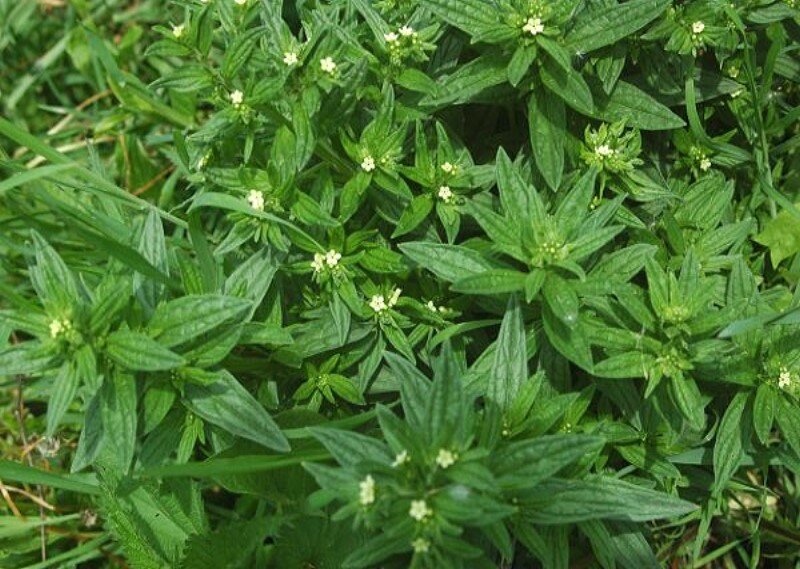
Synthetic dyes was not yet, and the rest were distributed based on their natural availability and durability. So, the process of obtaining purple fabrics was very costly. The pigment was extracted from the roots of a plant called "Purple Thunderwell" (Lithospermum erythrorhizon) or "Murasaki" (ムラサキ) as it is called in Japan.
Purple Gromwell roots have been used both for medicinal purposes and for making dyes. However, the plant is capricious and it was necessary to make every effort to grow it.
The second point that made it difficult to manufacture purple fabrics was the extremely low durability of the resulting pigments. Violet dye quickly discolored in the light. Therefore, the manufacture of a stable dye required additional and lengthy work on the pigment.
The Beginning: How Purple Became a Noble Color
The history of the victorious march of purple in Japan dates back to 603. Then Prince Shotoku (聖徳太子), who was the regent of Empress Suiko (推古天皇), announced Japan's first rank system. This system of ranks has been firmly established since 604 under the name Kanji ju: nikai (冠位十二階).
Officials and aristocrats who served at court, divided into twelve classes or ranks. Each rank corresponded to its own color, which everyone at the imperial court was required to adhere to. As you already understood, the color of the highest ranks was purple.
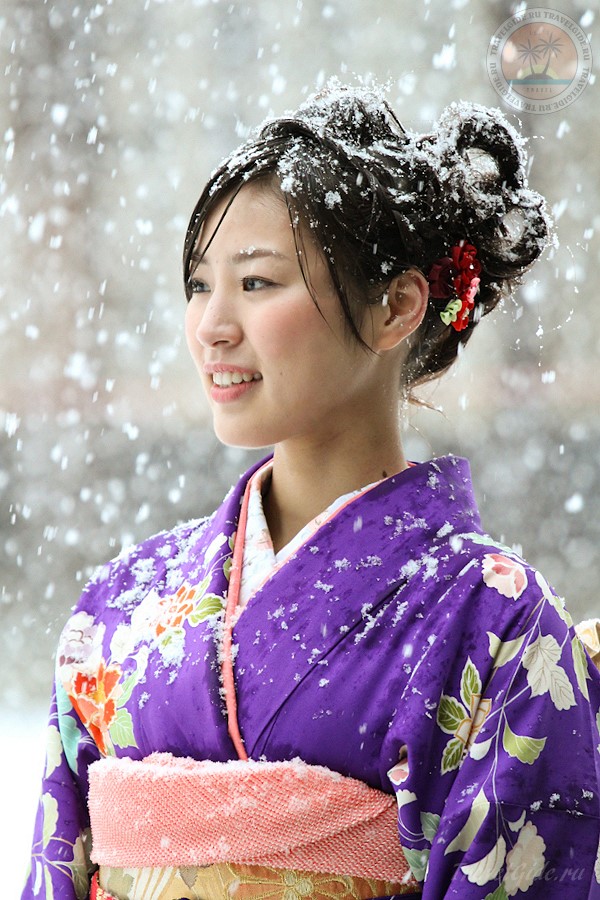
It is believed that this choice was largely influenced by China and its teachings. Taoism. And China itself adopted this color under the influence of Ancient Greece and Rome. By the way, the black color was not at all held in high esteem, although this was not always the case. The twelfth, last color, in the table of ranks corresponded light black. Read about black and his fate in the article "On the Importance of Black in Japan".
Purple in the Nara and Heian era
During the Nara and Heian era, more than 1300 years ago, purple became the color of the emperor and high-ranking officials imperial court. It could not be used by other people, including the general public.
Plain purple, called Hon-murasaki (本紫), was the color exclusively of the nobility. Interestingly, when Buddhism entered Japan, individual monks, who were highly respected, were also allowed to wear robes in purple tones of "plain Purple".
The color of nobility in the Edo period
Wisteria flowers have become closely associated with purple since the period of "peace and tranquility", which in the history of Japan is called the Heian period. At that time, a powerful family of regents rose in Japan. "Fujiwara House". Since Fuji in Japanese means wisteria, purple has become even more strongly associated with noble people.
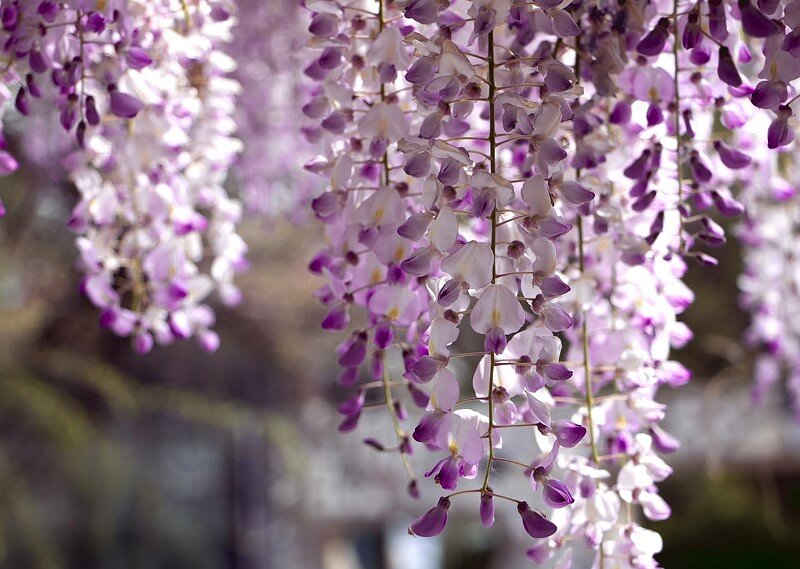
During the Edo period (1603-1868), Japan was ruled "Tokugawa family", and the emblem of this family was purple mallow flower. And at this time, purple continued its way as a symbol of belonging to power and the upper class.
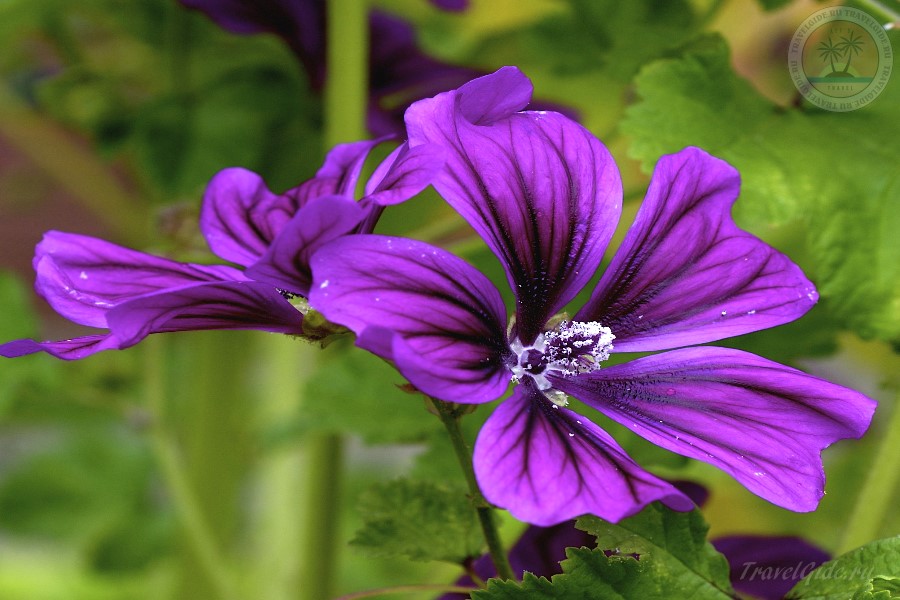
Interestingly, in traditional Japanese theater productions, purple was used on stage. But it was used only to create the costumes of the gods and the emperor of Japan. Other characters never had his shades in their attire.
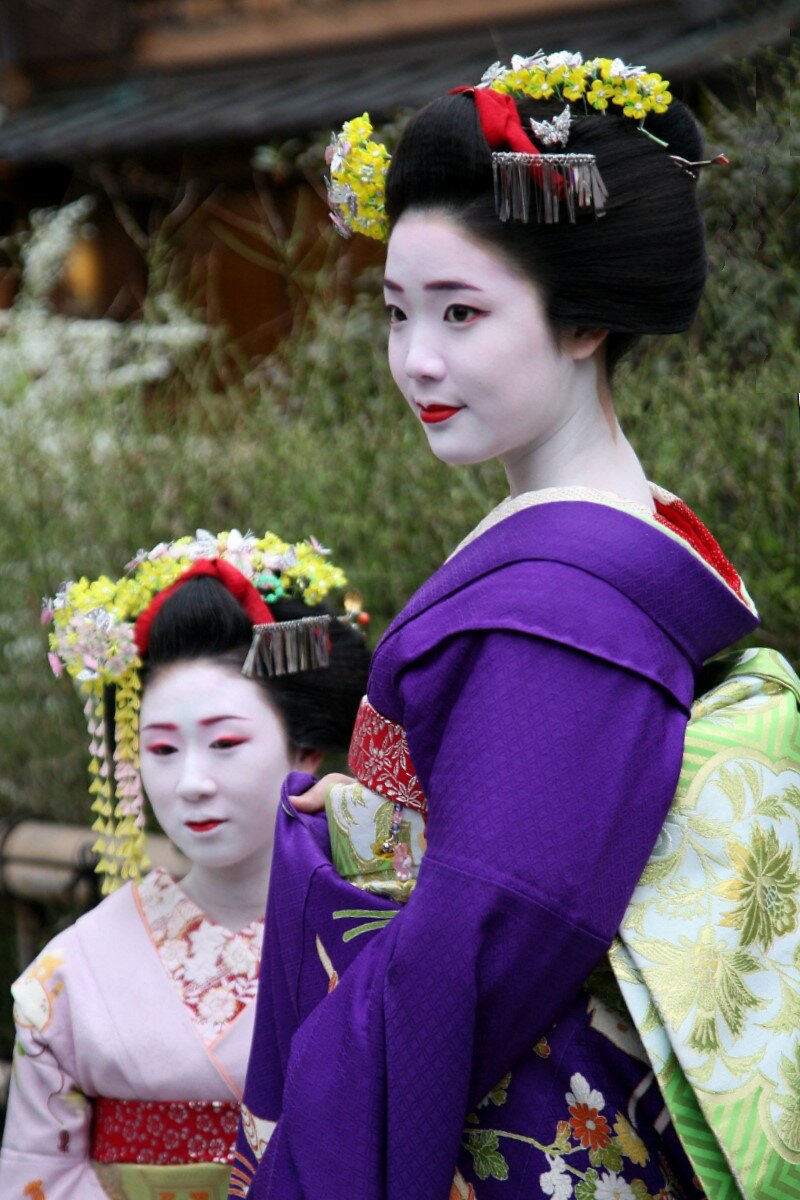
Today it may be worn by the general public, but the image of the noble color has not changed. Although an interesting sign has appeared that says that to meet a young girl in a kimono of royal colors for good luck. Do you know how a Japanese girl differs from a Chinese woman? You'll never know until you read the article “14 differences between Japanese women and Chinese women. A big difference in a frivolous context".
Purple color palette in Japan
Everything tells us, as it were, about one single color, although this, of course, is far from being the case. In fact, purple was, is and will be extremely diverse and diverse in its shades.
- For example Shigoku-iro (至極色), which is different "Superior Color" can be roughly described as fairly close to black color, characterized by a deep purple-red coloration. It can also be called dark purple. It was he who became the color of the emperor, the crown prince, and the highest approximate official of Gokkan or Kyokkan (極官). Then they began to call him shigoku, which means supreme.
- Another shade of the color Ni-murasaki (似紫) or rather its imitation is called "Imitation Purple". It can be described as dull blue with reddish purple. The fact is that ordinary people were forbidden to wear clothes or their elements in the colors of the nobility. Here are savvy people and found a way out. Outwardly similar shade was not banned, but those who wore it emphasized their closeness to the elite.
- The third shade, which I would like to talk about separately, is the most "true purple" or Hon-murasaki (本紫), which is exactly what it is called. It can be described as simply as bright purple. For its manufacture (obtaining color), the very old technique, which is more than one century old, is used. The classic Shikonzome (紫根染) technique involves the use of purple thunderwell pigment.
In addition to the shades of purple listed above, Japan also distinguishes: blue-violet (青紫 Ao-murasaki), mulberry (桑の実色 Kuwanomi-iro), wisteria (藤紫 Fuji-murasaki), and violet (菫色 Sumire-iro)
And of course, in our time, anyone can afford to wear traditional Japanese kimonos in shades of purple, but this does not make him any less noble and respected among the inhabitants of the Land of the Rising Sun.

